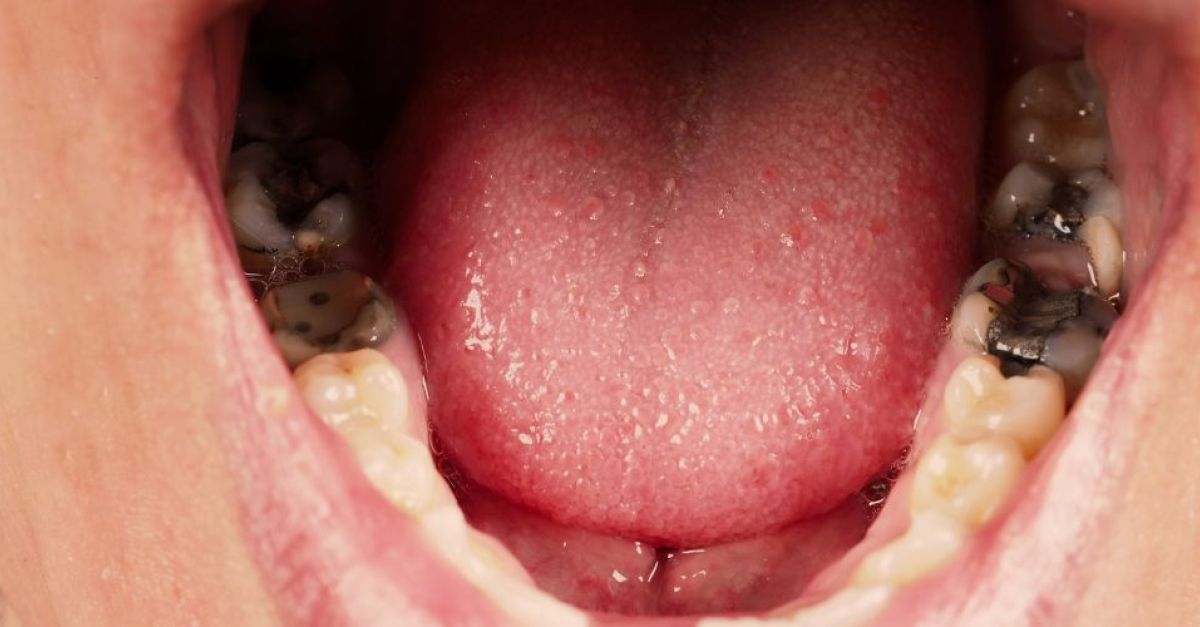
Phase out dental amalgam by 2025 - no delays to the Mercury Regulation
EU environmental bodies call on the Commission to phase out dental amalgam by 2025, and to not delay the Mercury Regulation review.
EurEau, HEAL and Health Care Without Harm Europe are concerned by delays in the EU Mercury Revision, particularly the phase-out of dental amalgam - the largest remaining use of mercury in the EU and a significant source of health and environmental damage.
The EU Mercury Regulation was due to be adopted in the last quarter of 2022. Further postponing the revision to Spring 2023 will have a negative impact on the phase-out of dental amalgam, an important issue that we have long advocated for. Considering the latest developments, we stress the immediate need to phase out dental amalgam by 2025 for the sake of both human health and the environment.
The three organisations urge the European Commission to present its proposal for the phase-out of dental amalgam, keeping to the target for a phase-out by 2025 – a target which received overwhelming support in the public consultation. We therefore stress both the support and need for speed in adopting the Mercury Regulation.
Dental amalgam is low-hanging fruit
Phasing out dental amalgam by 2025 is achievable. All stakeholders are on board and ready to act: Member States, dentists, consumers, and manufacturers have abandoned amalgam - or will do so within two years. A dwindling number of dentists, however, remain unaware of the pollution that dental amalgam causes. We must therefore speed up the regulation to not further delay the phase out.
Delayed revision will be a huge roadblock for the Green Deal
In light of the European Zero Pollution Action Plan under the Green Deal, which aims to reduce air, water, and soil pollution and to create a toxic-free environment, the European Commission already decided to phase out amalgam in 2020. We are concerned that delaying this phase-out to 2027 or 2030 or adding exemptions will add to the existing levels of harmful mercury in the environment.
The phase-out of dental amalgam will remove a significant source of toxic mercury emissions into the EU environment, partially due to the impact of mercury released into the air from crematoria. Mercury has been detected in human blood, urine, milk, and hair. Human biomonitoring studies have shown that the consumption of fish is the largest source of dietary exposure to methylmercury for all age groups. A phase-out must be adopted as soon as possible from the dates proposed by the European Commission - either June or December 2025.
As already expressed by several organisations, we are convinced that a phase-out of dental amalgam by 2025 is feasible when available alternatives and administrative paths are considered. The toxic-free hierarchy under the EU Chemical Strategy shows that safer alternatives must be prioritised when available. Existing safer mercury-free alternatives are already in use and demonstrate that there is no need to continue the use of dental amalgam.
We, therefore, call on the European Commission to speed up the adoption of the proposed Mercury Regulation revision and consider 2025 the phase-out date for dental amalgam - a critical step to reduce harmful mercury pollution in the environment as soon as possible.
Letter Mercury Regulation - Dec 2022
Zero Pollution, mercury, water matters, amalgam, dental, zpap
- Created on .